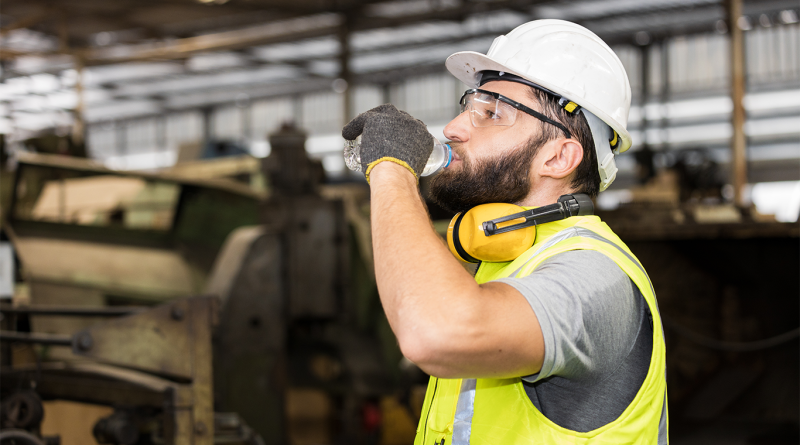Skanska Uses Real-Time Hydration Tests on Job Sites
Heat stress poses significant risks for construction workers, particularly in regions like Florida, where temperatures and humidity levels soar. To address this, companies like Skanska have been proactive in implementing measures to prevent heat-related illnesses. One such measure is the introduction of the MX3 hydration testing system, a portable device designed to monitor workers’ hydration levels in real-time. This technology is not only a tool for health monitoring but also part of a broader strategy to ensure worker safety in extreme conditions.
The MX3 Hydration Testing Technology
The MX3 system offers a non-invasive, portable solution for monitoring hydration through saliva testing. This innovative approach allows safety officers to quickly assess hydration levels, providing immediate feedback on whether a worker is hydrated, dehydrated, or at risk. Similar to glucose testing devices, the MX3 uses a saliva sample on a test strip, delivering results through a color-coded system. These real-time readings enable immediate interventions, ensuring that workers stay properly hydrated throughout their shifts and preventing heat-related conditions such as dehydration and heatstroke.
Skanska’s Implementation of Hydration Testing
Skanska began using the MX3 system on three major healthcare construction sites across Florida. Spearheaded by Daimon Perez, Skanska’s Environmental Health and Safety Director, this initiative aims to educate workers on the importance of hydration and to prevent heat stress on job sites. Workers are encouraged to hydrate properly, especially in extreme conditions, by using the hydration tests on a regular basis. The company’s efforts demonstrate its commitment to worker safety, addressing not only immediate risks but also fostering a long-term culture of health and safety awareness on-site.
Broader Implications for Workplace Safety
The implementation of hydration testing technology on job sites signifies a major shift in how industries like construction approach safety. Between 2011 and 2022, an average of 40 workers per year in the US died from heat exposure, and there were 33,890 work-related heat illnesses and injuries during the same period. These incidents not only affect health but also lead to lost workdays, significantly impacting productivity.
With the capacity to use real-time data, companies can tailor hydration strategies to meet the individual needs of their workforce, reducing the risk of heat-related illnesses. In industries such as construction, agriculture, and mining, where heat exposure is a constant challenge, this technology has the potential to save lives and improve productivity.
Skanska envisions expanding the use of the MX3 system across all of its active projects, treating hydration testing as an essential safety tool. The goal is to make hydration monitoring as common as first aid kits or defibrillators on construction sites. With the success seen in Florida, the broader adoption of hydration testing could help transform heat safety protocols across the industry, setting a new standard for protecting workers in high-heat environments.
Sources:
